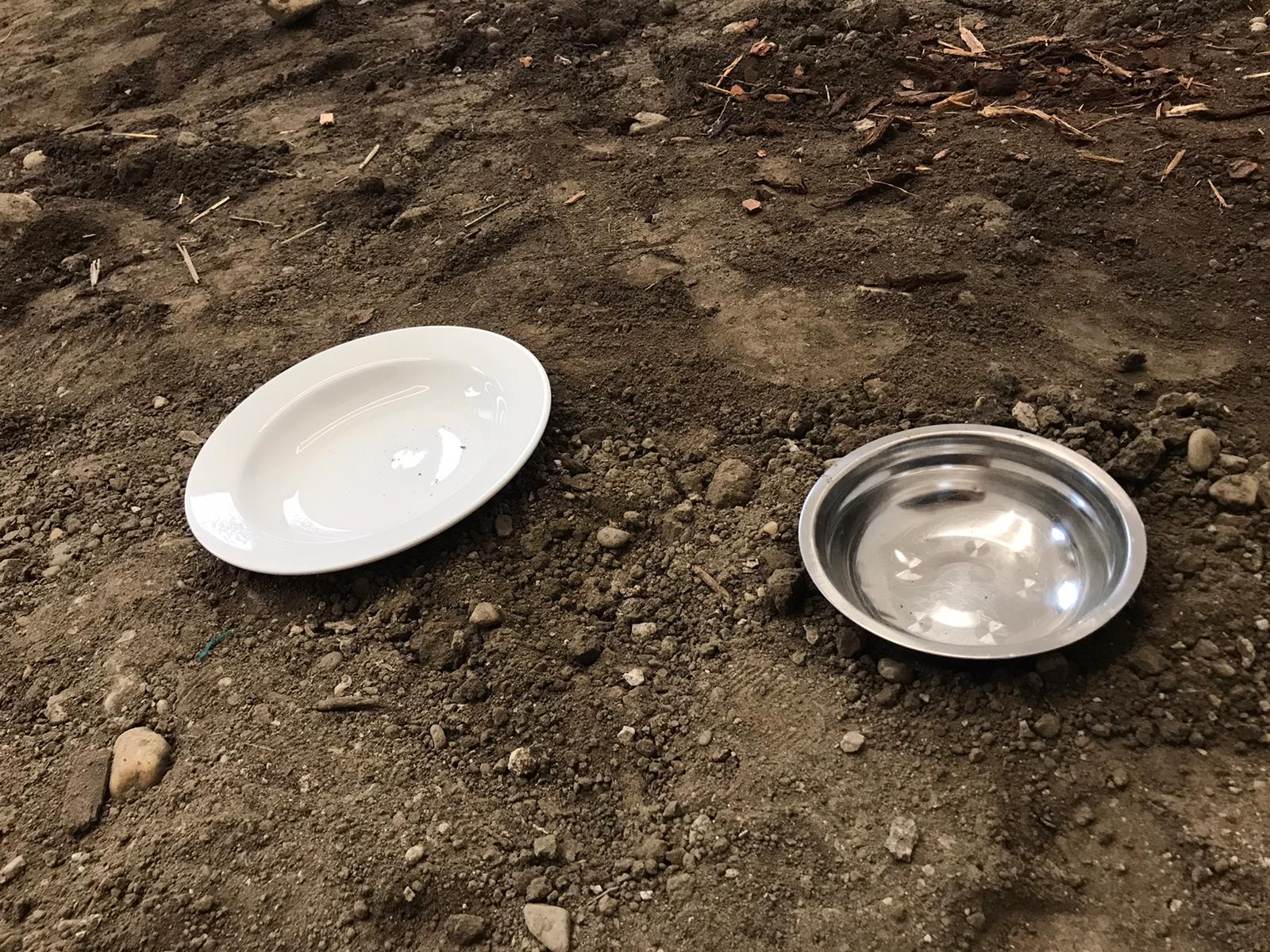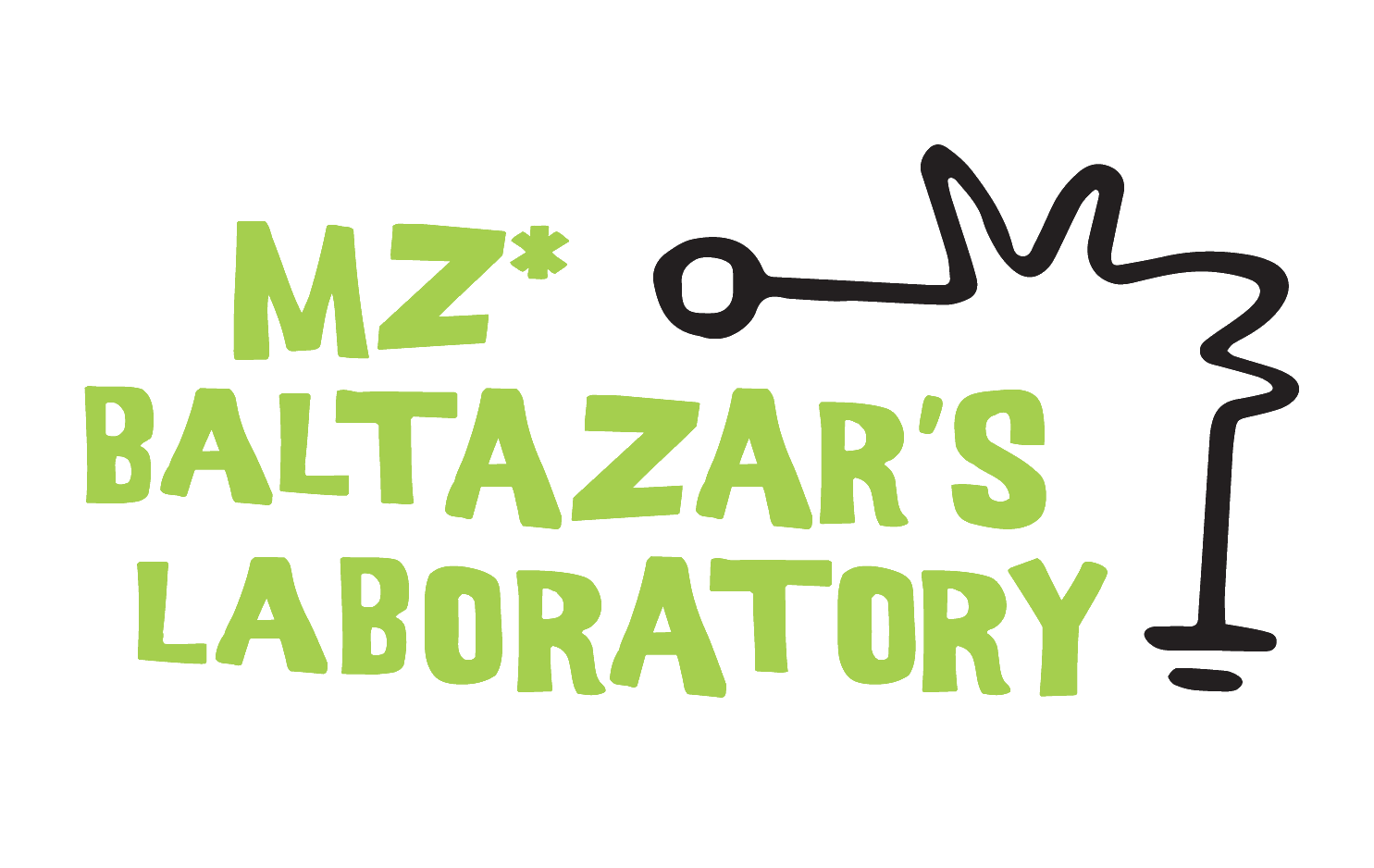
REVIER von Julia Frank
Event Navigation

Mz* Baltazar’s Lab is proud to present
REVIER by Julia Frank
26.5. — 6.6.2021
Soft opening: 26.5. + 27.5 from 16h to 20h
Soft finissage: 5.5. + 6.6 from 16h to 20h
Öffnungszeiten nach Voranmeldung bei Julia Frank [+43 660 6721722]
Kurzversion Übersetzung:
DE PT EN ES RU AM
> DE
REVIER bei Mz* Baltazar’s Lab zeigt ein neu konzipiertes Projekt. Es beruft sich auf den Vereinskodex und die konditionierte Gegenwart der Pandemie. Eine Pandemie, die die Künstlerin in einem untypischen Szenario thematisiert und visualisiert. Durch ihre Hauptfiguren nimmt sie auf die Definition von bewohntem Habitat im urbanen Raum Bezug.
Julia Franks Ausstellung bei Mz* Baltazar’s Lab ist vom Bürgersteig vor dem Ausstellungsraum aus erlebbar. Durch die großen Fenster hindurch sieht man zuerst Maschendraht, dann die Erde, Gras, verstreut ein paar Büsche und Rindenmulch dahinter. Gegenüber der Fensterfront schließt eine Bretterwand den Raum ab. Im Raum befindet sich eine Holzkonstruktion, dessen Material in einem vorherigen Lebenszyklus Teil eines Einfamilienhauses eines Wiener Kleingartenvereins war. Dazwischen tummeln sich 7 Hennen. Manchmal sind sie von der Straße durch das entfernte und mit einem Gitter ersetzte Fenster über der Tür hörbar.
Fast jährlich werden Millionen von Hühnern präventiv geschlachtet, weil Virologen bei Routine-checks Viren finden, die möglicherweise für den Menschen gefährlich werden könnten und nun, noch mitten im 2. Pandemie Jahr bringt die Künstlerin österreichisches Qualitätsgeflügel direkt zu uns in die Stadt.
Die moderne Hühnerindustrie ist einer der problematischsten Bereiche der globalen Fleischproduktion. Die Zucht ist so komplex auf gentechnologiescher Ebene, dass es nur wenigen Betrieben möglich ist überhaupt noch Hühner zu züchten. Die EU und internationale Großbetriebe verkaufen Überreste der Hühnerfleischverarbeitung (Magen, Rücken etc.) als Tiefkühlware meist nach Ghana. In Ghana sind Geflügelbauern welche sich für über 20 Jahre der Haltung gewidmet hatten mittlerweile arbeitslos. Ein Abfallprodukt das für den europäischen Markt unverkäuflich ist, sichert dort den täglichen Lebensunterhalt vieler Familien, die sich kaum noch ein lebendes Huhn leisten können. Ein Paradebeispiel der anhaltenden problematischen kolonialen Verhältnisse.
Hühner sind das älteste Nutztier der Menschen und immer noch das beliebteste unter Selbsterhaltern. Nicht unbedingt um des Fleisches Willen, sondern weil Hühner regelmäßig Eier legen. Hier im Ausstellungraum werden die Eier in der Gemeinschaft und an die Nachbarschaft verteilt. Die Hühner leben hier als weibliche Kommune. Ganz ohne Hahn. Das heißt die Eier, die die Hühner legen sind nicht befruchtet. Sie erfüllen keinen reproduktiven, wohl aber einen produktiven Zweck. Reproduktive und affektive Arbeit sind gemeinhin im Gegensatz zur männlich dominierten Sphäre der produktiven Arbeit, die unbezahlte Arbeit.
In der Henne kommen auf metaphorischer Ebene Thematiken des Umdenkens, des Feminismus, der Beziehung zwischen Mensch und Natur, ja sogar der Interaktion innerhalb der Nachbarschaft einer Großstadt zusammen.
Während andere KünstlerInnen im gegenwärtigen Informationszeitalter sich damit auseinandersetzen, welche Dateien sie als NFT-Kunstwerke publizieren könnten, hält Julia Frank an der Dingwelt fest. Bringt lebendige Dinge, Dinge mit Geschichte zusammen. Handfeste, sich nicht verändernde, jeden Tag anzutreffende Dinge. Hannah Arendt schreibt darüber: „So gesehen, haben die Weltdinge die Aufgabe, menschliches Leben zu stabilisieren, und ihre Objektivität liegt darin, daß sie der reißenden Veränderung des natürlichen Lebens […] eine menschliche Selbigkeit darbieten, eine Identität, die sich daraus herleitet, daß der gleiche Stuhl und der gleiche Tisch den jeden Tag veränderten Menschen mit gleichbleibender Vertrautheit entgegenstehen.“
Es gab wohl global gesehen noch nie unsicherere Zeiten für die Menschheit. Was besser der Unsicherheit entgegenzuhalten als Vertrautheit und Tradition. Das älteste Nutztier der Menschheit als Stabilitätssymbol einer Welt aus den Fugen. Franks Kunst sieht sich immer als Wachrüttler, als Gegenbewegung zum Informationsstrom der uns passiv macht, als Entschleunigungsmaschine und Mikroskop.
Zur Künstlerin
Julia Frank schloss 2012 ihr Studium der Bildhauerei an der Akademie der Schönen Künste Carrara ab und erhielt eine Auszeichnung des Deutsch-Italienischen Instituts für ihr Projekt ONE&ONE, das in New York City produziert und gleichzeitig in Bozen ausgestellt wurde. Ihren Master machte sie am Royal College of Art in London.
In ihrer Arbeit beobachtet und untersucht sie soziale Normen im Öffentlichen und Privaten. Diese “Auseinandersetzung mit der Umwelt” übersetzt sie oft durch eine Bewertung der kulturellen, ökologischen und urbanen Bedeutung in zeit- und ortsspezifische Arbeiten.
ENG
Julia Frank’s exhibition REVIER at Mz. Balthazar’s Lab presents a newly conceived project that invokes the Lab’s collective code of conduct and addresses and visualizes the conditioned presence of the pandemic in relation to the definition of inhabited habitat by its main character(s) through a scenario that is atypical in urban space.
The exhibition can be experienced from the sidewalk in front of the exhibition space. Through the large windows, one first sees wire mesh, then the earth, grass, scattered, a few bushes and bark mulch behind. Opposite the window front, a timber wall closes off the room. In the room we encounter a wooden construction whose material was part of a detached house of a Viennese Kleingartenverein in a previous life cycle. In between, 7 hens cavort. Sometimes they can be heard from the street through the window above the door, which has been removed and replaced with a grid.
Almost every year, millions of chickens are slaughtered as a preventive measure because virologists find viruses during routine checks that could potentially be dangerous for humans, and now, in the middle of the second pandemic year, the artist is bringing quality Austrian poultry directly to us.
The modern chicken industry is one of the most problematic areas of global meat production. Breeding is so complex on a genetic engineering level that only a few mega-farms are able to breed chickens at all. The EU and large international companies sell the remains of chicken meat processing (stomach, back, etc.) as frozen goods, mostly to Ghana. In Ghana, poultry farmers who had dedicated themselves to keeping chickens for over 20 years are now unemployed. A waste product that is unsaleable for the European market secures the daily livelihood of many families there who can hardly afford a live chicken. A prime example of the ongoing problematic colonial conditions.
Chickens are the oldest farm animal of humans and still the most popular among self-sustainers. Not necessarily for the sake of meat, but because chickens lay eggs regularly. Here in the exhibition space, the eggs are distributed in the community and to the neighbourhood. The hens live here as a female commune. Without a cock. That means the eggs the hens lay are not fertilized. They do not serve a reproductive purpose, but a productive one. Reproductive and affective labour are commonly considered unpaid labour in contrast to the male-dominated sphere of productive labour.
On a metaphorical level the hen touches on themes of rethinking, feminism, the relationship between humans and nature, even interaction within the neighbourhood of a big city.
While other artists in the current information age are grappling with which files they could publish as NFT artworks, Julia Frank is sticking to the world of things. Bringing together living things, things with history. Tangible, unchanging things that can be found every day. Hannah Arendt writes: ” From this viewpoint, the things of the world have the function of stabilizing human life, and their objectivity lies in the fact that—in contradiction to the Heraclitan saying that the same man can never enter the same stream-—men, their ever-changing nature notwithstanding, can retrieve their sameness, that is, their identity, by being related to the same chair and the same table”.
Globally, there have probably never been more uncertain times for humanity. What better to counter uncertainty than familiarity and tradition. The oldest farm animal of mankind as a symbol of stability in a world out of joint. Frank’s art always sees itself as a wake-up call, as a counter-movement to the stream of information that makes us passive, as a deceleration machine and microscope.
|
About Julia Frank
Julia Frank graduated in Sculpture at the Academy of Fine Arts Carrara in 2012 and received an award from the Italian-German Institute for her ONE&ONE project, produced in New York City and exhibited simultaneously in Bolzano. She received her Masters at the Royal College of Art in London.
In her work she observes and investigates social norms in the public and the private. She often translates this "coming-to-terms with her environment" through an evaluation of cultural, ecological and urban meaning into works that are specific to a given time and place.
Website: https://juliafrank.art

Leave a Reply